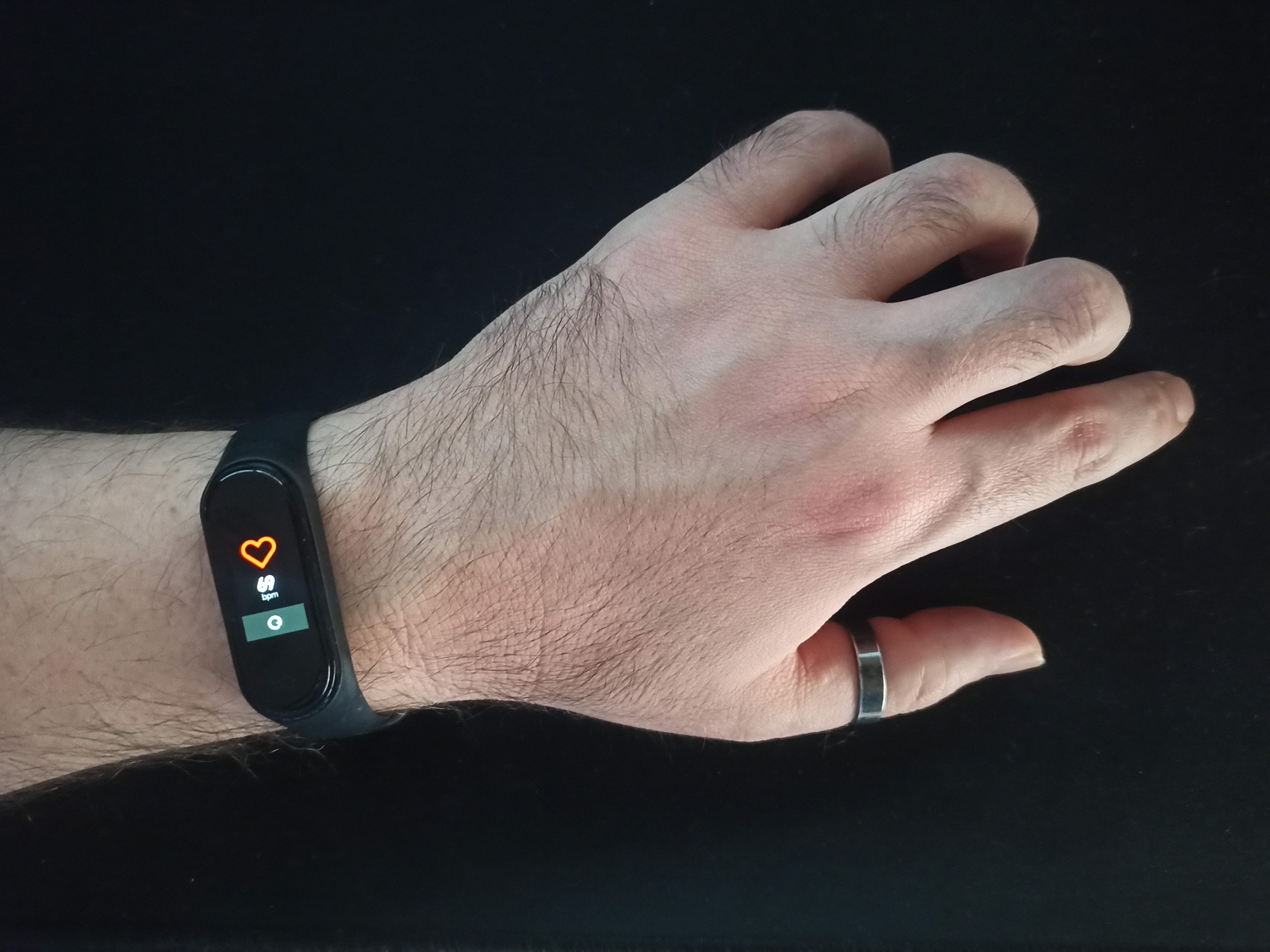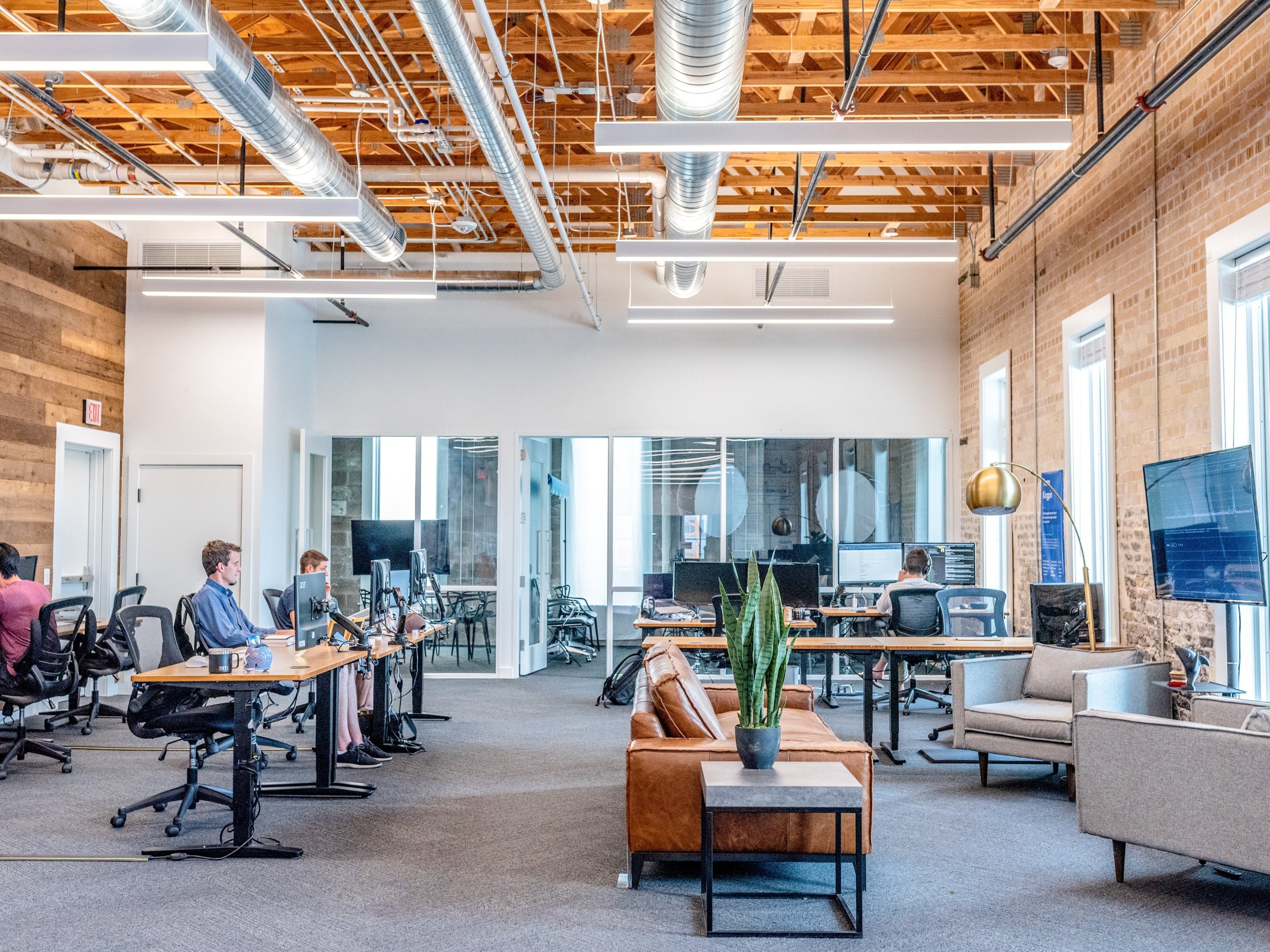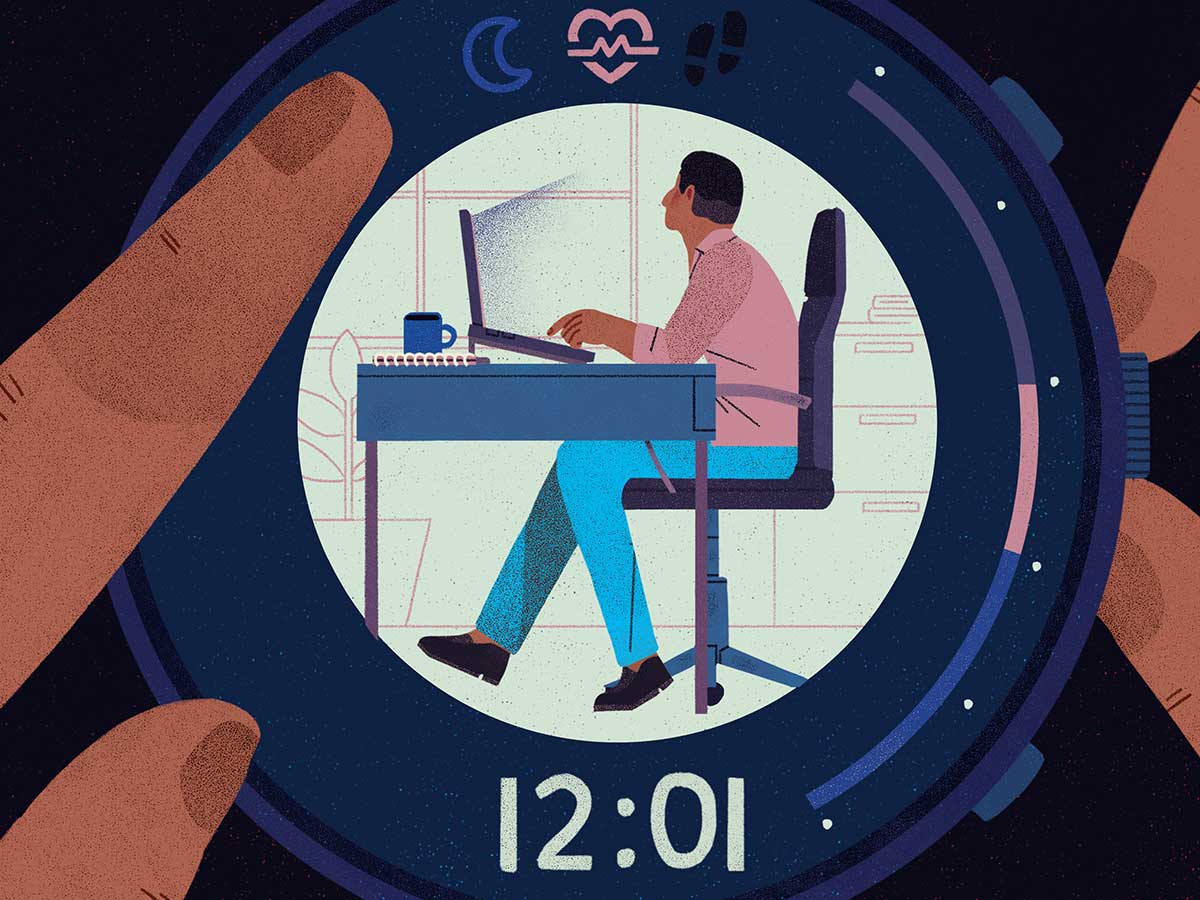 Wearables have exploded in popularity in the past few years, and they’re great for tracking personal goals like steps, heart rate, and sleep. London-based GlobalData forecasts the wearable tech market to grow by 137% by 2024. And experts say that the next workplace disruption is going to be wearables, a possible contributing factor to the market growth prediction.
Wearables have exploded in popularity in the past few years, and they’re great for tracking personal goals like steps, heart rate, and sleep. London-based GlobalData forecasts the wearable tech market to grow by 137% by 2024. And experts say that the next workplace disruption is going to be wearables, a possible contributing factor to the market growth prediction.
Research shows that 50% of companies expect a boost in productivity by improving the connection workers have to resources and to each other. Here are some major ways wearables are going to impact the future of workplaces, as well as some foreseen issues and challenges to prepare for.
Improved Safety
Many workplaces involve a lower level of safety, especially those that require fieldwork or work with heavy machinery. Wearables offer employers real-time insights into business operations; by personalizing and configuring wearables to each employee’s needs and specifications, as well as job safety levels. Workplace injuries cost companies millions of dollars every year from personnel loss and insurance, but we can reduce the number of incidents with wearables.
Wearables can include haptic feedback if the employee is behaving in an unsafe manner or entering an unsafe location. Employers can also have wearables monitor and record which tasks workers are performing, and make a mark whenever a task is performed incorrectly. This can be analyzed later by day, week, month, or year to see what actions or behavior lead to poor or inefficient performance and a higher risk of injury. By identifying high-risk employees, the employer can allocate more budget for training and tools, lessening fatigue, and improving productivity. The simple act of tracking and mitigating specific risks can greatly reduce workplace incidents.
Preventing COVID-19 Risk
Speaking of improved workplace safety, using wearables can help employees track how often they were within six feet of a customer. It’s difficult for medium- and large-sized businesses to keep everything sanitized all the time. But reducing the number of people served on a daily basis can also mean the difference between staying open for another month or closing doors permanently.
Wearables can be used to grant access wirelessly to employees, like opening doors for them when they’re approaching. By keeping employees moving, we can reduce the amount of contact they have with hard surfaces. If an employee gets infected with COVID-19, wearables that measure and track body temperature and other vitals can alert the employer when an employee shows an abnormally high body temperature.
More Effective Training
It’s interesting how a medical application like wearables can affect workplaces of all sorts in a variety of ways. One of the coolest ways is through improved training. We can use wearables to elevate specific employee training through immersive task simulations, for example. To prevent a new employee from being gone all day shadowing a senior employee, we can use wearables to create a realistic simulation of a task that they would encounter in their day-to-day responsibilities of the job. We can wave outdated training videos goodbye and usher in a more engaging way of onboarding an employee: allowing the new worker to venture down their own decision-making path to chart their own course of action. This type of training can accomplish in a few days what shadowing a senior employee for weeks can.

Increased Productivity
Wearables allow employers to increase efficiency and productivity through a few channels. For example, the devices can speed up production, which decreases costs, operational expenses, and reduces strain on workers. Wearables can also be used to automated processes that were previously manual, help collect and share data on a local network, and develop a more hands-free environment for employees. Using wearables to simulate environments for testing new products can reduce the product design lifecycle, improve design accuracy, and enable faster user feedback. Simulations through wearables also reduce the need for physical prototypes, which take up quite a lot of time and budget in product design.
The Future of Wearables in the Workplace
Wearables in the workplace may not be perceived warmly by every employee, and rightfully so: the devices introduce a much higher level of data collection and concerns around security and privacy. Employers will need to invest heavily in improved cybersecurity on their network, IoT systems, and for each wearable device to prevent private employee information, financials, and sensitive business data from being accessed. Other major requirements for investment by employers are IoT management, compliance, maintenance, and more.
But the potential for wearables to bring about improved employee productivity, reduced safety risk, better COVID-19 safety, and more immersive training is well worth the time, investment, and ethical considerations. Wearables will fit nicely into existing IoT ecosystems, allowing companies to manage all devices (wearable or not) from one location and application. We already see how wearables are bringing about positive change with police recording their interactions with the public, hospital employees using wireless pendants to improve the patient experience and streamline communication, and field workers to be alerted to possible dangers like changes in the weather in tornado country. After the pandemic ends, wearables will become more commonplace in the workplace and will be used for unique purposes for each department and in each company.
Would you wear a wearable device for your employer during your time at your workplace? Why or why not?






